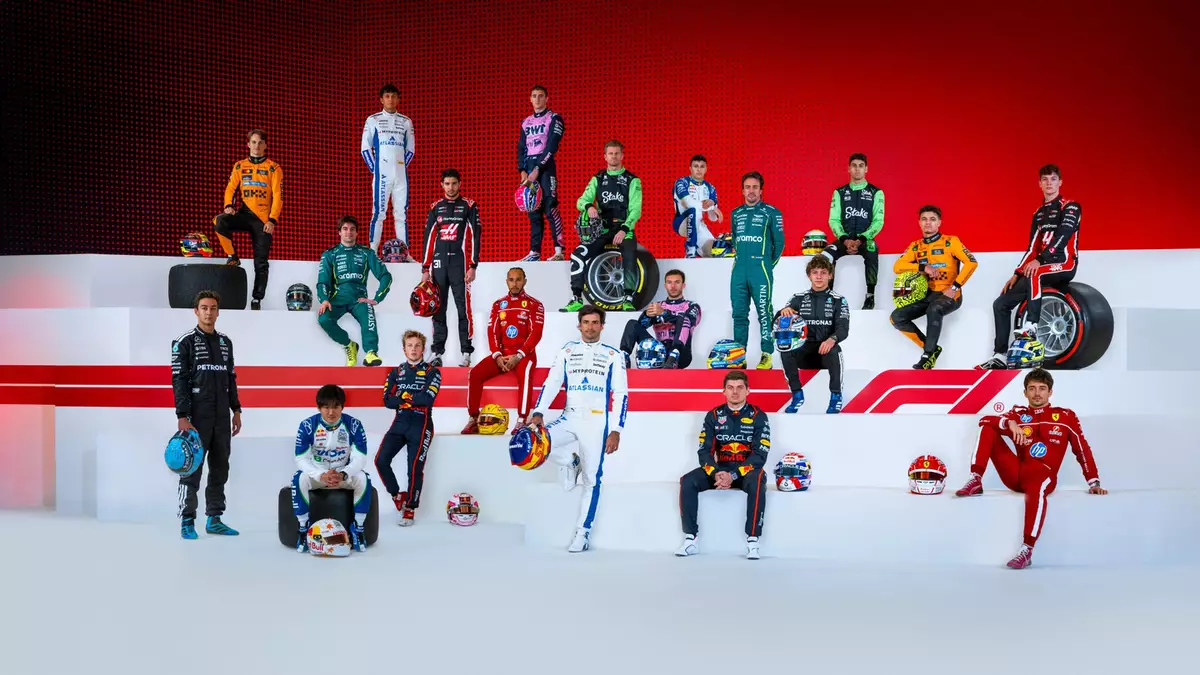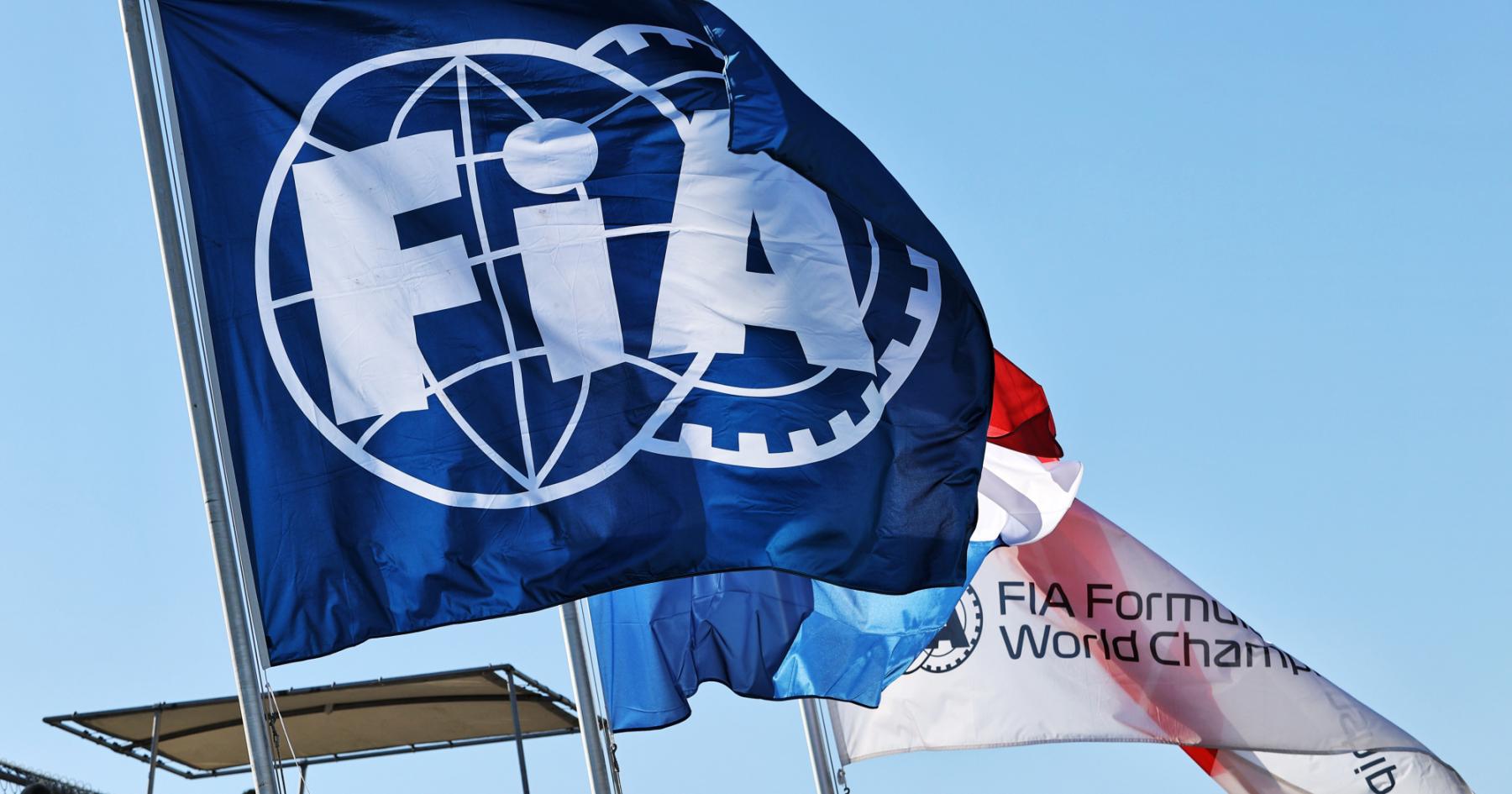The world of Formula 1, a pinnacle of motorsport where tradition and cutting-edge technology collide, is once again rumbling with the tremors of radical change. In a move that promises to ignite debate among fans, drivers, and teams, Formula 1 CEO Stefano Domenicali has confirmed that the sport’s leadership is in serious discussions to overhaul the very fabric of the race weekend. The core of this potential revolution? An expansion of the controversial sprint race format and the explosive introduction of reverse grids, a concept that could see the fastest drivers starting from the back of the pack.

For decades, the Grand Prix weekend has followed a familiar, almost sacred, rhythm: practice sessions, a high-stakes qualifying hour to determine the grid, and the grand spectacle of the main race on Sunday. While minor tweaks have occurred over the years, the fundamental principle has remained—the fastest car and driver combination earns its place at the front. However, in an era of ever-shrinking attention spans and fierce competition for entertainment viewership, Formula 1’s commercial rights holder, Liberty Media, has shown it is not afraid to challenge an old-world dogma.
The current discussions, confirmed by Domenicali, are not just idle chatter. They represent a concerted effort involving the FIA, all ten teams, and the drivers themselves to explore a more dynamic and, arguably, more unpredictable future for the sport, potentially taking effect as early as 2026. The centerpiece of this proposal is the reverse grid, a format that is both tantalizing and terrifying for purists. The idea, particularly for the shorter sprint races, is to flip the qualifying order for the top contenders. Imagine the reigning world champion, after securing pole position, being forced to start tenth, having to carve their way through a field of slower cars in a frantic, high-octane dash.
This concept is not new to motorsport. Formula 1’s own feeder series, Formula 2 and Formula 3, have successfully used a reverse grid system for their sprint races for years. As Domenicali pointed out, this format has been proven to “encourage more overtaking and action,” creating a thrilling spectacle as the sport’s brightest young talents showcase their racecraft. The question is whether a sport as prestigious and high-stakes as Formula 1 should adopt what some critics label a “gimmick.”
The last time reverse grids were seriously tabled, the idea was met with a wall of resistance. Titans of the sport, including Lewis Hamilton, Charles Leclerc, and the now-retired Sebastian Vettel, were vehemently opposed. They argued that it would devalue the art of qualifying and punish excellence, turning the pinnacle of motorsport into a lottery. Top teams also voiced concerns about the integrity of the competition and the increased risk of damage to their multi-million dollar machines. Their unified opposition was enough to shelve the project.

So, what has changed? According to Domenicali, the “atmosphere has shifted.” He suggests there is now a greater appetite for innovation from both drivers and teams. This change in heart could be attributed to several factors. The successful, if polarizing, introduction of the sprint race format in 2021 has shown that F1’s audience is receptive to new ideas. The sprint weekends, currently held at six of the 24 Grand Prix events, have undeniably added an extra layer of competitive action to the weekend, and Domenicali sees potential to increase this number significantly.
Furthermore, the recent dominance of a single team has led to calls for measures to tighten the competition and prevent predictable races. A reverse grid would, in theory, shatter any semblance of predictability. It would force top drivers to demonstrate their overtaking prowess in every sprint, creating a compelling narrative of recovery and ascent through the field. For midfield teams, it presents a golden opportunity to snatch a podium or even a victory, something that is exceedingly rare under the current regulations.
However, the opposition has not vanished; it has merely become more nuanced. A recent fan poll highlighted the deep division within the community, with a significant 63.1% voting against the implementation of reverse grids in the main Grand Prix. Interestingly, the resistance softens when the format is confined to sprint races, suggesting a potential compromise. For many fans, the sanctity of the Sunday race is paramount, but they are willing to accept a more experimental approach to the shorter, curtain-raising sprint events.

The debate strikes at the very heart of what Formula 1 is supposed to be. Is it a pure sport, a meritocracy where speed and engineering perfection are rewarded above all else? Or is it an entertainment product, where the primary goal is to deliver a thrilling and unpredictable show for a global audience? The truth, in the modern era, lies somewhere in between. Stefano Domenicali and Liberty Media are tasked with balancing the sport’s rich heritage with the commercial demands of the 21st century.
Any final decision is far from made. To push through such a monumental change requires a complex political dance and a majority agreement from the FIA, the teams, and the drivers. The discussions are ongoing, and every detail will be meticulously scrutinized. But the fact that these conversations are happening at the highest level signals a clear intent: Formula 1 is not content to rest on its laurels. It is actively seeking ways to evolve, to capture the imagination of new fans, and to ensure that every moment of a race weekend is packed with drama and excitement. Whether reverse grids are the right answer remains to be seen, but the winds of change are blowing fiercely through the paddock.
News
Reinhard Mey bricht sein Schweigen: Die fünf Stars, die der stille Poet mit 82 Jahren am meisten verachtet
Reinhard Mey gilt seit Jahrzehnten als die moralische Instanz der deutschen Musikszene. Mit seinen Texten über Freiheit, Würde und die…
Abschied vom Architekten der Anarchie: Malte Pittner mit nur 47 Jahren verstorben – Das stille Leiden hinter dem Deichkind-Wahnsinn
Die deutsche Musiklandschaft trägt heute Trauerflor. Eine Nachricht, die wie ein Paukenschlag durch die sozialen Netzwerke hallt, lässt Fans und…
Zwischen Macht und Wahrheit: Das hochemotionale Liebes-Geständnis der Alice Weidel erschüttert Deutschland
Es war ein Abend im September 2025, der als politisches und menschliches Erdbeben in die Geschichte der Bundesrepublik eingehen sollte….
Peter Maffay bricht sein Schweigen: Ein Leben zwischen Rock-Olymp, Familiendrama und der Suche nach Vergebung
Peter Maffay ist eine Institution. Seit über fünf Jahrzehnten prägt der in Rumänien geborene Musiker die deutsche Kulturlandschaft. Mit Hits…
Monatelanges Schweigen gebrochen: Josh Stanley offenbart die ganze Wahrheit hinter dem Love Island VIP Sieg
Es war der Moment, auf den Reality-TV-Deutschland wochenlang hingefiebert hat: Das große Finale von „Love Island VIP“. Als die Namen…
Vom Spargelfeld aufs Tanzparkett: Rekord-Bauer Friedrich Dieckmann plant seinen nächsten großen Coup bei Let’s Dance
In der Welt des deutschen Fernsehens gibt es Momente, in denen ein einziger Mensch die gesamte Dynamik einer Show verändert….
End of content
No more pages to load












